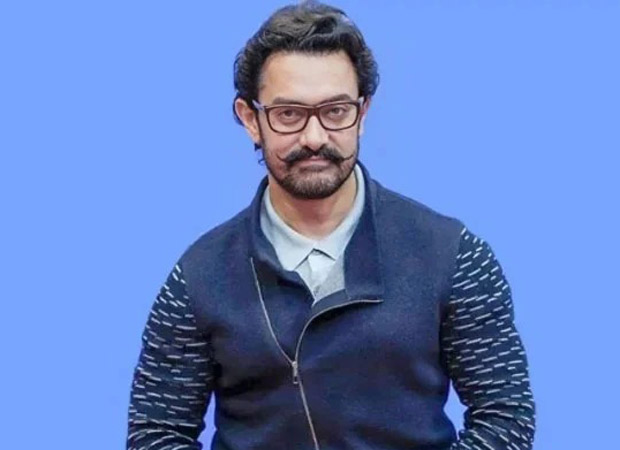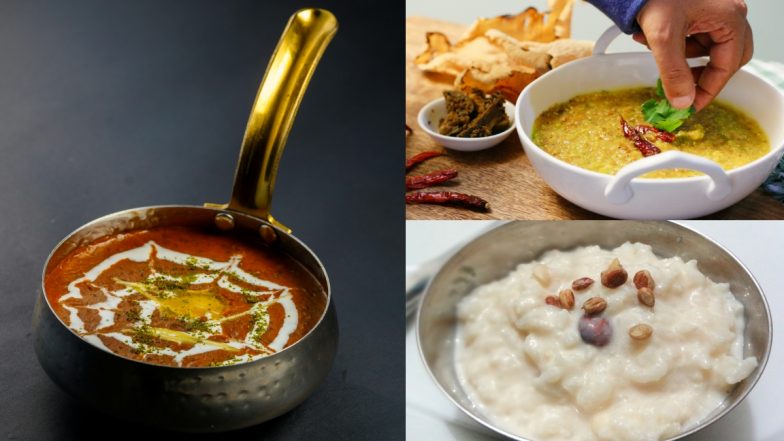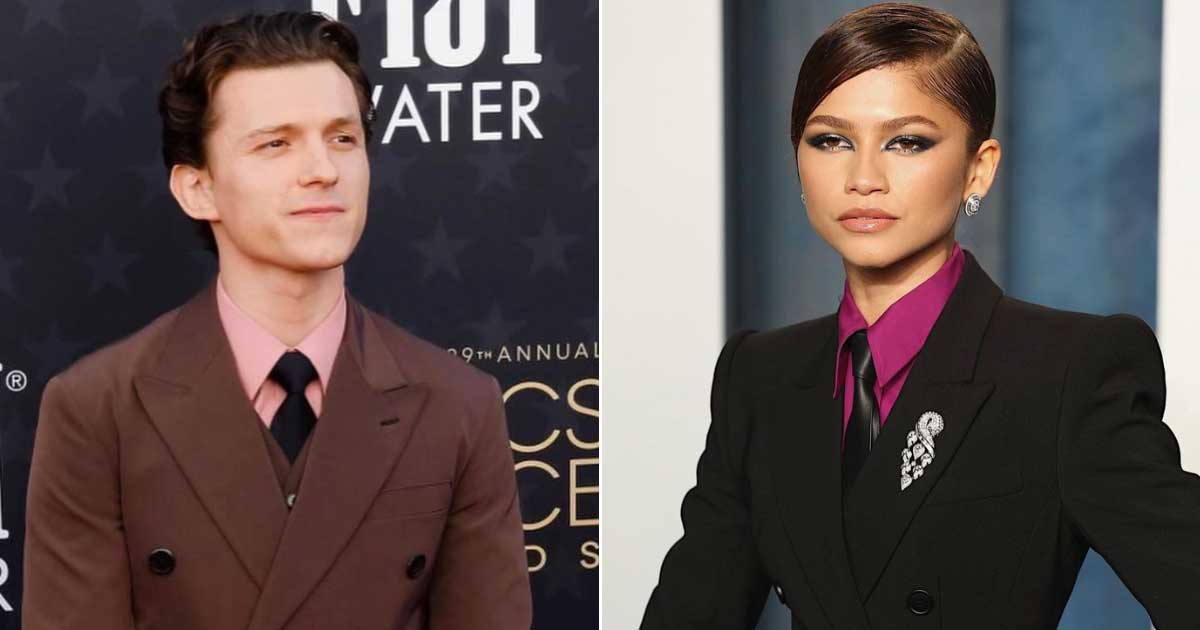For its latest exhibition, La Galerie Dior in Paris is showcasing late photographer Peter Lindbergh, who shared with the French house a long-standing focus on women.
“One of the common points between Dior and Lindbergh is that we both always put women at the center, being always the main subject,” said Lindbergh’s son Benjamin. “I think you can see that in Peter’s photographs very well.”
“It’s how both the garment and the photographer can express the essence of women, and reflect the character of the woman,” added Olivier Flaviano, head of La Galerie Dior.
Taken over a 30-year span, roughly 100 Lindbergh images are dispersed across the museum’s 13 galleries, and sometimes shown next to the actual dresses by founding designer Christian Dior, or one of his six successors.
With or without eye contact, Lindbergh’s women draw you in: Linda Evangelista beaming an infectious smile at a typical Parisian café wearing a partially sheer cocktail dress by Marc Bohan, her hair wet and combed straight back; Milla Jovovich rebellious yet pretty slumped in a Raf Simons version of the strapless Miss Dior number, surrounded by provocative Jenny Holzer slogans, or Tanga Moreau exhaling cigarette smoke at Gare Austerlitz wearing maharaja jewelry and a sleek black gown by John Galliano.
Linda Evangelista in Dior by Marc Bohan, circa 1988.
Peter Lindbergh Foundation, Paris
The show opens with the house’s iconic, waist-pinched Bar jacket, alongside softer versions by Maria Grazia Chiuri displayed next to Lindbergh’s grainy, black-and-white portrayals on models mingling with industrial scaffolding on the streets of Manhattan.
“Peter Lindbergh had an extraordinary eye when it came to fashion photography. He captured a different kind of femininity, depicted as strong yet with a vulnerable, sensitive side,” said Chiuri, who has collaborated largely with women photographers since arriving in 2016 as Dior’s artistic director of women’s haute couture, ready-to-wear and accessory collections. “I can recall one image that really struck me: it was shot for Vogue at the end of the ’80s and showed top models on a beach in oversized white shirts.”
That landmark image crystallized the supermodel era — and the Lindbergh era, too, for he became one of fashion’s most sought-after photographers, prized for his naturalistic approach to unveiling beauty without artifice.
“It’s remarkable just how many of his images make up my visual atlas,” Chiuri said. “Lindbergh’s work is filled with poetry and humanity, and it helped us to view fashion through a new lens.”

Models wearing Dior haute couture by Maria Grazia Chiuri, photographed in 2018.
Peter Lindbergh Foundation, Paris
Visitors to the new show, which opens to the public on Thursday, can squint at Lindbergh’s contact sheets, and read notations scribbled on his test prints. One depicts Cindy Crawford with her hands on her chin without a lick of makeup, prompting him to write: “That’s Cindy with nothing at all. I think it looks terrific!”
The centerpiece of the exhibition is a 2018 mega shoot commissioned by Dior for a book, prints of which have never been shown to the public before. Lindbergh summoned models from all over the world — Alek Wek, Karen Elson, Irina Shayk and Carolyn Murphy among them — along with more than 80 outfits from its archives, captured in bustling Times Square, or a vast studio at Pier 59.
Along the way, visitors can inspect Lindbergh’s beloved Nikon cameras, fashion shoots he did for various international fashion magazines, and a completely new hang of Dior outfits across its entire history.
Many relate directly to Lindbergh photographs, including a pink bias-cut dress with floral embroideries from one of Galliano’s first collections worn by Shalom Harlow in a shoot for Vogue. Others are attractions in their own right, including the golden gown Rihanna wears in the new J’adore Dior commercials, and the frilly peach dress Marlene Dietrich donned for Alfred Hitchcock’s 1950 thriller “Stage Fright.”

Shalom Harlow wearing Dior by John Galliano, photographed by Peter Lindbergh, and the actual dress.
Adrien Dirand
“Photography is really a way for us to look at the history of the house in a different way and with a different lens,” Flaviano said during a preview visit on Monday, as workers put finishing touches on the displays. “The whole concept of the exhibition is how you can tell a double story.
“It’s always interesting to commission a new look from other artists,” he added, referring to the feminine, hourglass silhouette dubbed The New Look that catapulted Christian Dior to fashion fame after he set up his house in 1947. “[Lindbergh] changed the representation of women in general, and in fashion magazines in particular.”
While Lindbergh, who died in 2019, is practically synonymous with moody black-and-white images, some Dior dresses, particularly during the Galliano era, commanded color film.
Benjamin Lindbergh, who is president of the Peter Lindbergh Foundation, noted his father grew up in Duisburg, Germany, and learned about the world via black-and-white newspaper imagery, so he naturally gravitated to street photography and photojournalism. He valued movement and grace in images, inspired by his great friend Pina Bausch, while movies, especially those by Fritz Lang, were another aesthetic touchstone.
“Black-and-white helps you to focus on the person that’s photographed, instead of being distracted by the colors,” Benjamin Lindbergh said. “Peter always said that fashion photography should do more than just document fashion.”

Carolyn Murphy photographed by Peter Lindbergh in a Dior dress by Gianfranco Ferré.
Adrien Dirand
While his father switched reluctantly to digital photography from analog between 2006 and 2008, he introduced post-production techniques to maintain the grainy texture he so loved, his son explained. “He hated the sharpness, the coldness of digital photography.”
Lindbergh would later incorporate narratives into some magazine stories, though his perennial priority was forging a rapport with women “so they could express themselves and assert their truth.”
Fashion sometimes played a supporting role in his photos. Still, Lindbergh would sometimes remove the face from his viewfinder to focus on a gorgeous sweep of fabric, or an architectural volume.
“Peter Lindbergh considered photography as an art, but also as a cultural object,” Flaviano said. “So the photographs are never just a representation of reality, they’re also a mirror of the times.”
“For me, every picture is a portrait — no matter what I’m doing,” Lindbergh told WWD in a 2015 interview. “From my very old standpoint, I think everything you do should have a meaning.”
Last September, La Galerie Dior welcomed its millionth visitor since opening in March 2022, and “Dior/Lindbergh” is already sold out for the first two weeks of its run, Flaviano said. It runs through May 4, 2025.

A Dior bar jacket, worn by Alek Wek in New York City in 2018.
Peter Lindbergh Foundation, Paris







